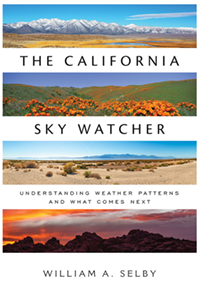
When most Americans think of the word “desert” they might envision camels and sand dunes. But the desert they are probably most familiar with is the Mojave, even if they don’t recognize it as such.
The Mojave is one of the most filmed and photographed arid landscapes on the planet. Situated between the fantasy playground of Las Vegas in neighboring Nevada and “La-La Land” (Los Angeles) , this desert has had a starring role in a multitude of feature films. The Mojave has also appeared in countless TV shows, advertisements and books as well.
Like California itself, the Mojave is a paradox. It is at once both near and far. Ringed by civilization on 3 sides, it is penetrated by a network of roads and human settlements. But also hidden within its numerous mountains and canyons are some of the most remote and seldom seen wonders in the state.


